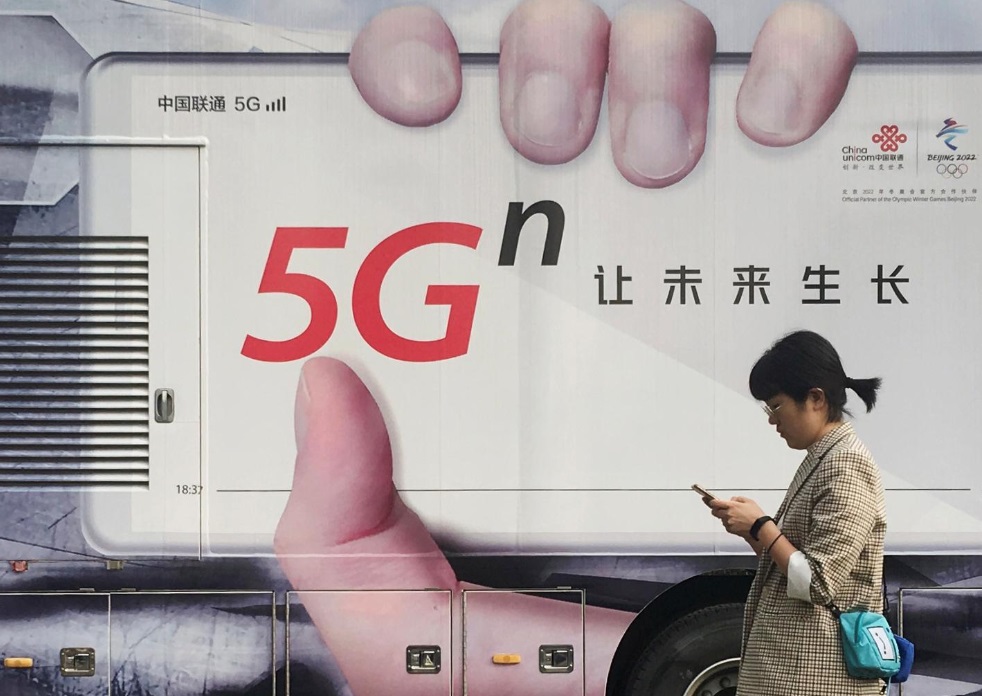
Last week a study showed that the United States, Japan, China and South Korea will account for more than half of global subscribers to the superfast 5G mobile network.
Europe, which is progressing more slowly in the construction of 5G networks, will be lagging behind in terms of consumer reception. However, the picture is different for companies, where 5G will allow “smart” factories to operate using robots, appliances and connected sensors.
“It’s going to be a small group of countries leading the adoption of 5G and the rest of the world will follow,” Tim Hatt, head of research at GSMA Intelligence, told Reuters. “China, Japan, South Korea, and the United States – among those, we will see more than half of the world’s 5G subscribers by 2025,” he added.
The rapid deployment of 5G networks, with speeds fast enough to download a movie to a smartphone in seconds, has surprised many.
Nokia, the world’s second-largest network provider after Huawei, recently suspended its dividends to invest in upgrading the 5G devices it sells to operators.
In South Korea, 66% of mobile connections will be 5G by mid-decade, projected GSMA Intelligence in a 100-page study, followed by the United States with 50% and Japan with 49%.
In terms of numbers, China will predominate with 600 million 5G connections. Globally, 1.57 billion people would adopt the 5G network by 2025, or 18% of the total number of mobile phone users.
Previous experience shows that operators can raise 5G prices by 15% to 20% by offering unlimited data plans. But, if the past is any indication, those increases will eventually disappear due to competition.
For developing countries, it is the expansion of affordable connectivity through the oldest 4G technology – not 5G – that will affect the lives of billions of people in the coming years, the GSMA said.
Looking at emerging markets such as Mexico, Nigeria, India or Indonesia, a combination of cheap Android phones and a cheap data service continues to offer growth potential. GSMA Intelligence projects that 59% of global mobile connections will be over the 4G network by 2025.
